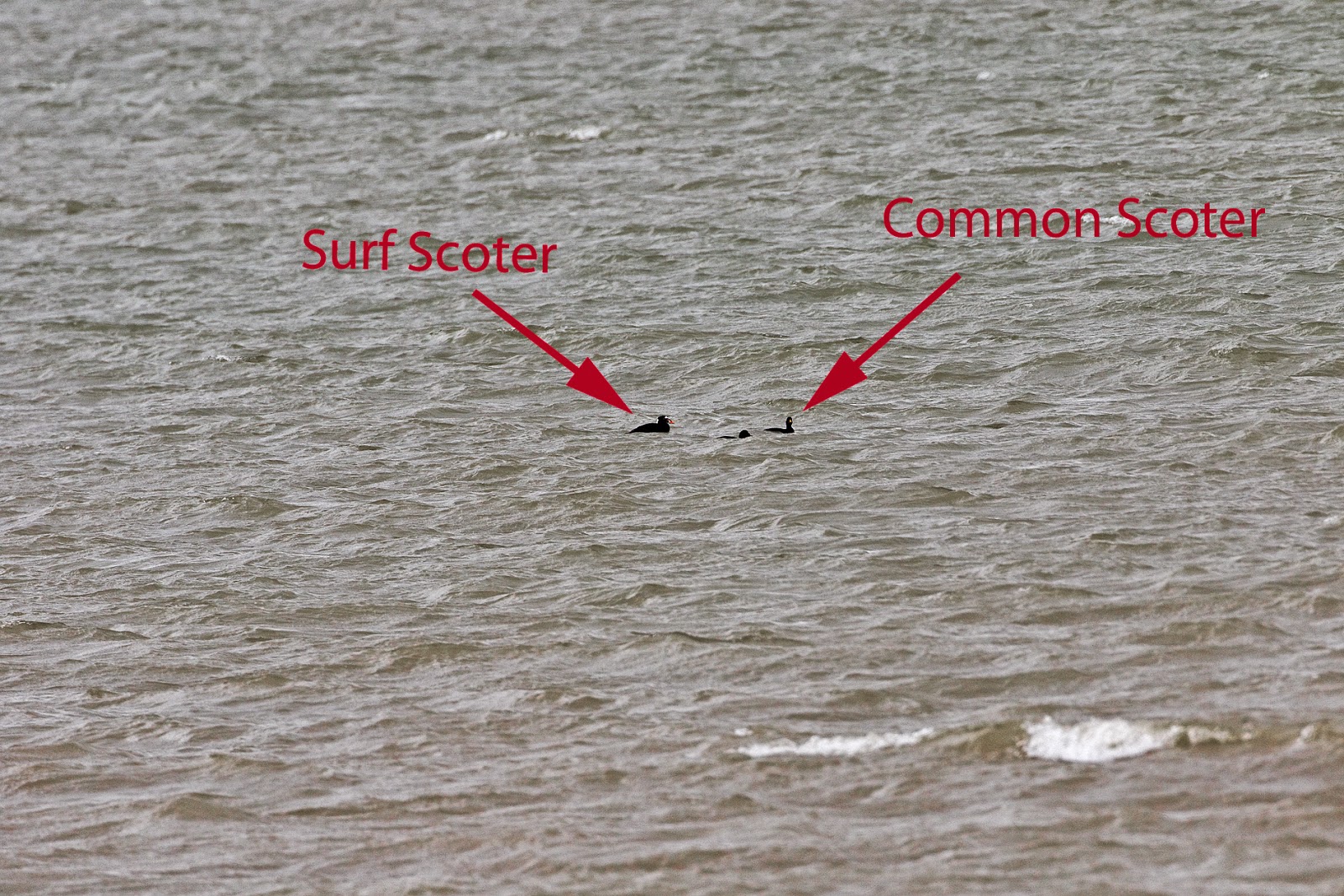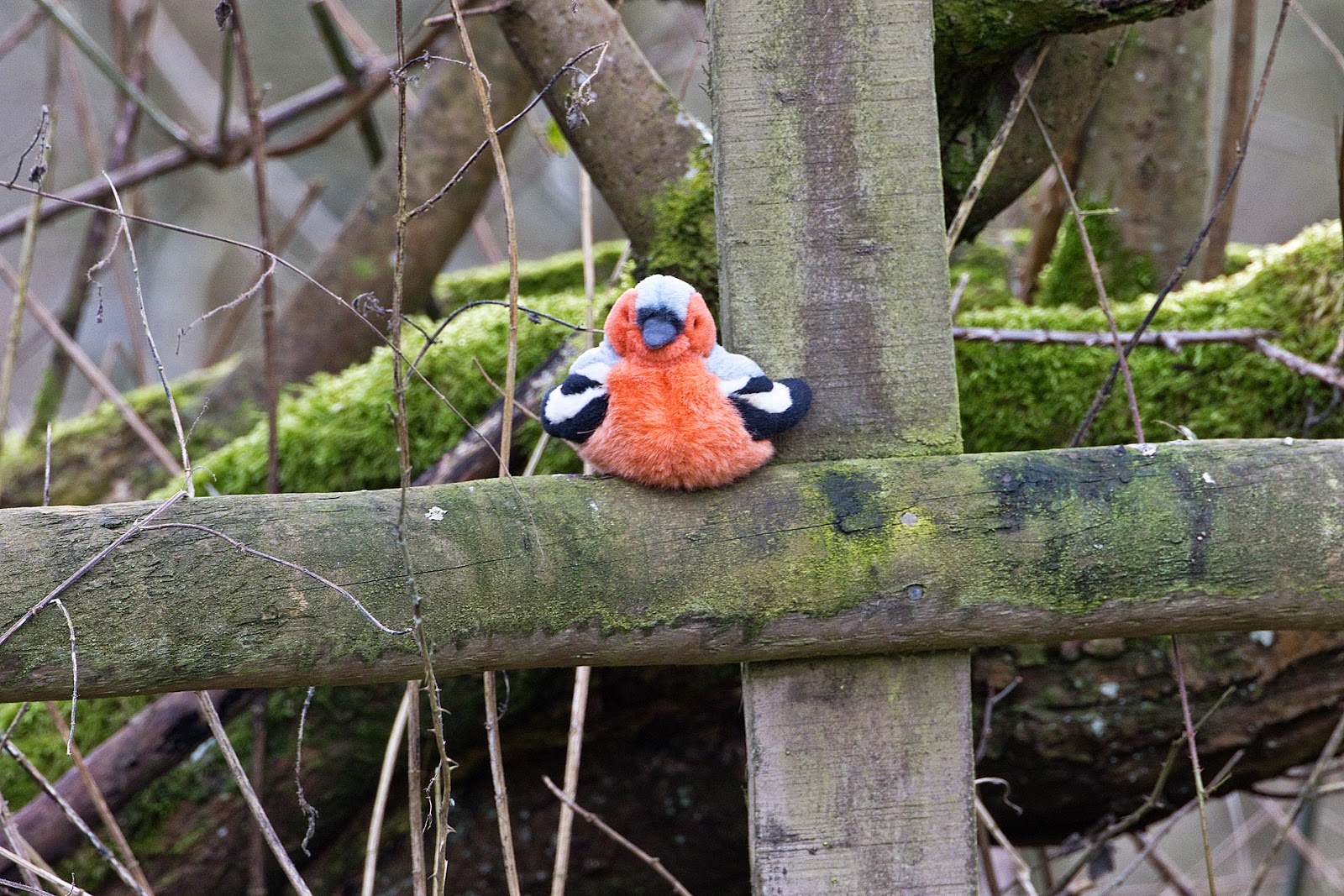I only walked away for a couple of minutes but I missed the Lesser Spotted Woodpecker, a bird that has been on my hit list for a long time.
We had travelled down to the New Forest in the hope of seeing the Lesser Spotted and initially things looked very promising. It or possibly both of them were very mobile but we could hear the drumming and it seemed as though we could track it back to the individual trees it was using. However, each time we found a tree and stood at the bottom searching for movement we came up empty handed and the bird would suddenly start up again fifty or sixty yards away.
After about an hour and a half of this we ended up back in the car park talking to a couple of other birders. The drumming had stopped so I decided to wander off and take a few photographs of a Tawny Owl that was resident close by. It's usually hidden behind branches so you never get good pictures but it's always worth a look. Bad move, I was only a couple of minutes from the car park when I had a call from Dave to say that the Lesser Spotted had just flown over them. Mission drift, how many times does it happen. I had come for the Lesser Spotted and that is all I should have been looking for.
I raced back to the car park but it was gone. Dave had only gotten a few seconds view but it was enough for all three of them to confirm the sighting. We looked but the bird was nowhere to be seen and the drumming did not start up again. I suppose you have to look on the positive side. We do at least know where to look and the next couple of months will give the best opportunities for sightings and possibly even a photograph.
So what of the rest of the day. Well I did get pictures of the Tawny Owl.
 |
| Tawny Owl |
There were large Chaffinch flocks around as well but we could not see any signs of Bramblings flying with them.
After a time we decided to move onto Eyworth Pond. The hope was that the pond would still be frozen over and that the resident Mandarins would be out on the ice instead of hiding away under the bushes on the far bank. It looked good when we first arrived. There was only one area of open water and all the Mandarins were crowded around it. There was plenty to look at and some great views but picture wise it was difficult to frame any decent shots. I counted sixteen of them but most of the pictures just turned out to be a jumble of colours and shapes. Some of the more acceptable ones are shown below.
There were also a pair of Gadwall on the ice
 |
| Gadwall |
 |
| The female seemed quite sure footed but the male spent most of his time sitting down |
Eyworth Pond is also a good place to photograph the smaller birds. They are fed regularly and are not worried about people being close but do remember to take some bird food if you go.
 |
| Marsh Tit |
 |
| Marsh Tit |
 |
| Nuthatch |
 |
| Coal Tit |
The Coal Tit was just a bit too fast for me although I eventually managed to get the picture above but this Long-tailed Tit seemed happy to hang around eating its seed whilst I took pictures.
 |
| Long-tailed Tit |
There were also three Muscovy Ducks cleaning up any dropped food and seeming to have intimate conversations gently hissing at each other.
 |
| Muscovys - perhaps not the prettiest of ducks but there looks to be some character there |
I wonder how many of these there are living and breeding in the wild. They are South American in origin and are not migratory so any out in the wild are escapees or descendants of such. Reading up on them they are meant to be great farmyard ducks and do not need their wings clipped as they do not wonder far from home. I think somebody forgot to tell the ducks! They are also meant to be some of the finest meat available from any animal or bird so their population in the wild is likely to be well controlled.
We then headed down to Blashford Lakes to see if there were any Redpolls or Siskin about. Siskin there were although we could not get any pictures. Why they have hides with windows that do not open and others that have blue glass in them I have never really understood.
There were other unusual birds around.
Perhaps they were expecting a visit from the "Next Generation Birders"
By early afternoon the light had started to go. We called back into the car park and had one final look for the Lesser Spotted Woodpecker but there was no sign of it. There was a nice Goldcrest hunting close by but the light was too low for a picture so we decided to head for home.
On the way out of the forest we had one more stroke of luck. Dave spotted a bird sitting out on top of a small tree. I stopped the car and we reversed back for a closer look. We were really pleased to find a pair of Crossbills, there have not been many reported so far this year. The light was low and they were a long way off but any record shot of these birds is worth having.
Overall, a great days birding. I missed the Lesser Spotted Woodpecker but then that leaves me something for another day. Dave might have seen it but he didn't get a picture so I know he will be keen to go back and have another go.








%2Bc.jpg)






































